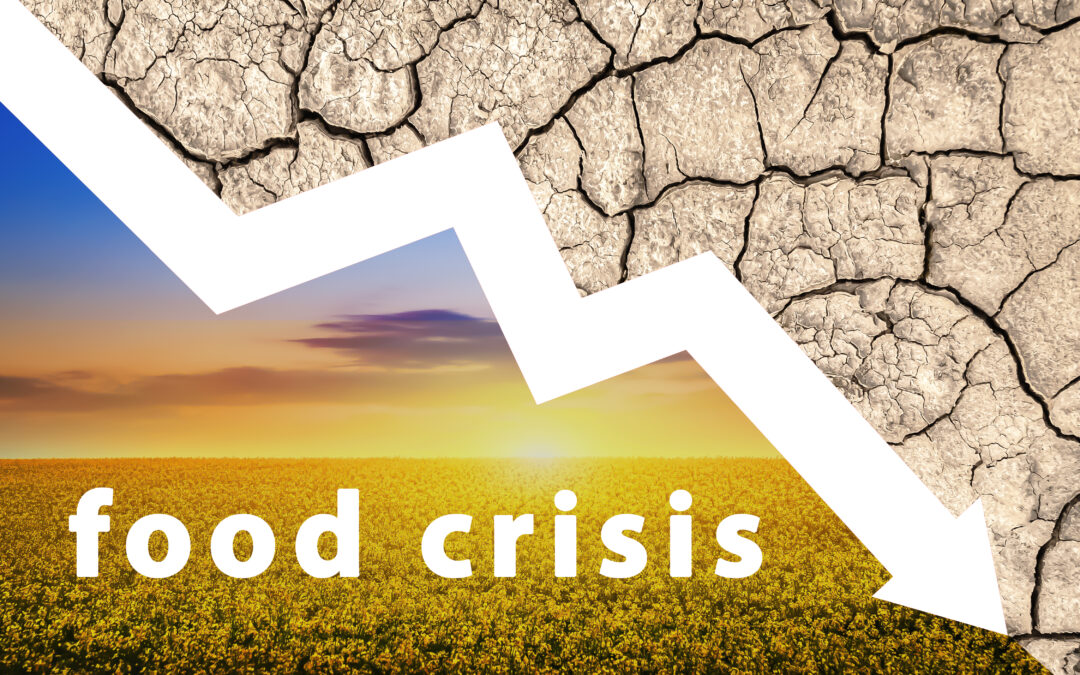Introduction
We’ve been led to believe that farming is natural and peaceful. As children we’d sing: ‘Old MacDonald had a farm and on that farm he had a pig’, read stories such as ‘Charlotte’s Web’ where Wilbur, the cheerful pig & Charlotte, the helpful spider lived in a pleasant barnyard with various other farm animals. The reality is much different. Rather than one pig happily playing in the farmyard, Concentrated Animal Feeding Operations [CAFOs] in the US confine thousands of pigs in overcrowded & filthy pens. At six months, pigs are shipped to the slaughterhouse before ending up as bacon on our plates. Obviously, there are no happy songs about crating thousands of pigs to the slaughterhouse.
According to author / journalist George Monbiot: “the greatest threat to life on earth is farming.” Our current day farming practices contribute to climate breakdown by causing extinction and loss of wildlife biodiversity. From excessive land use leading to deforestation in Brazil to the animal waste that ends up polluting England’s rivers and threatening the health of communities throughout the world, the environmental impacts of our current food production systems are horrific and unsustainable. As you can see in the videos below, animal factory farms poison the environment and numerous communities worldwide.
